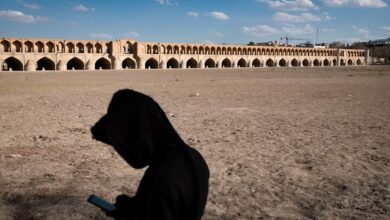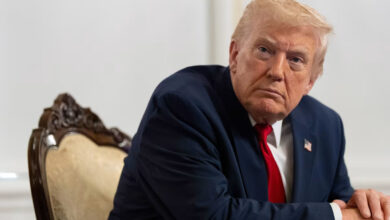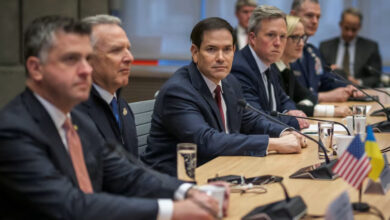A few weeks ago, traveling in Kazakhstan, I had the sobering experience of standing at Ground Zero. This was the notorious test site at Semipalatinsk, where the Soviet Union detonated 456 nuclear weapons between 1947 and 1989. Apart from a circle of massive concrete plinths, designed to measure the destructive power of the blasts, there was little on the vast and featureless steppe to distinguish this place. For decades it was an epicenter of the cold war–like similar sites in the United States, a threat to life on our planet. Its dark legacy endures: poisoned rivers and lakes, children suffering from cancer and birth defects. Today, Semipalatinsk has become a powerful symbol of hope. On 29 August, 1991, shortly after independence, President Nursultan Nazarbayev closed the site and abolished nuclear weapons. It was a tangible expression of a dream that has long eluded us–a world free of nuclear weapons. And now, for the first time in a generation, we can be optimistic. On the day I stood at Ground Zero, President Barack Obama announced a review of the United States’ nuclear posture. Leading by example, it renounced the development of new nuclear weapons and foreswore their first-use against nations in compliance with the Nuclear Non-Proliferation Treaty, or NPT. Two days later, President Obama and the President of the Russian Federation, Dimitry Medvedev, signed a new START treaty in Prague–a fresh start on a truly noble aspiration. Momentum is building around the world. Governments and civil society groups, often at odds, have begun working in common cause. At the recent nuclear security summit in Washington, 47 world leaders agreed to do whatever is necessary to keep such weapons and materials safe. Their shared sense of urgency reflects an accepted reality. Nuclear terrorism is not a Hollywood fantasy. It can happen. The United Nations is destined to be at the center of these efforts. Just recently, the UN General Assembly held a special debate on nuclear disarmament and security. This in itself grew out of a five-point nuclear action plan that I had proposed, in late 2008, as well as an historic summit meeting of the Security Council last September. Next week, leaders come together at the UN for the periodic NPT review conference. Their last gathering, five years ago, was an acknowledged failure. This year, by contrast, we can look for advances on a range of issues. We should not be unrealistic in our expectations. But neither can we afford to lose this opportunity for progress: on disarmament; on compliance with non-proliferation commitments, including the pursuit of a nuclear weapons free-zone in the Middle East; on the peaceful use of nuclear energy. Looking ahead, I have proposed a UN conference later this year to review the implementation of the International Convention for the Suppression of Acts of Nuclear Terrorism. We will host a ministerial-level meeting to push the pace on bringing the Comprehensive Nuclear Test Ban Treaty into force, and I have urged leaders to begin negotiations for a binding treaty on fissile materials. In October, the General Assembly will consider more than 50 resolutions on various nuclear issues. Our aim: to take the many small steps, today, that will set the stage for a larger break-through tomorrow. All this work reflects the priorities of our member states, shaped in turn by public opinion. Everyone recognizes the catastrophic danger of nuclear weapons. Just as clearly, we know the threat will last as long as these weapons exist. The Earth’s very future leaves us no alternative but to pursue disarmament. And there is little prospect of that without global cooperation. Where, if not at the United Nations, could we look for such cooperation? Bilateral and regional negotiation can accomplish much, but long-lasting and effective cooperation on a global scale requires more. The United Nations is that forum, along with the Conference on Disarmament in Geneva. The UN is the world’s sole universally accepted arena for debate and concord, among nations as well as broader society. It serves not only as a repository of treaties but also of information documenting their implementation. It is a source of independent expertise, coordinating closely with the International Atomic Energy Agency. The United Nations stands today at a new Ground Zero–a “ground zero” for global disarmament, no longer a place of dread but of hope. Those who stand with us share the vision of a nuclear-free world. If ever there were a time for the world’s people to demand change, to demand action beyond the cautious half measures of the past, it is now. Ban Ki-moon is the Secretary-General of the United Nations. This article is published courtesy of the United Nations.




